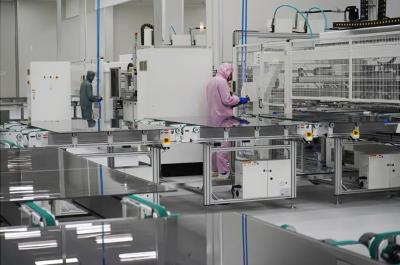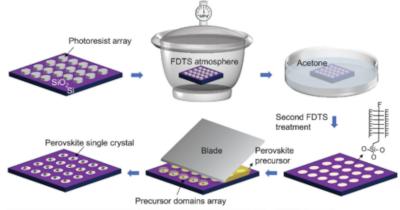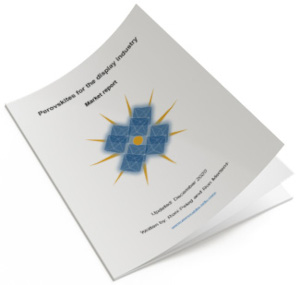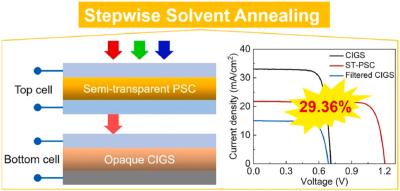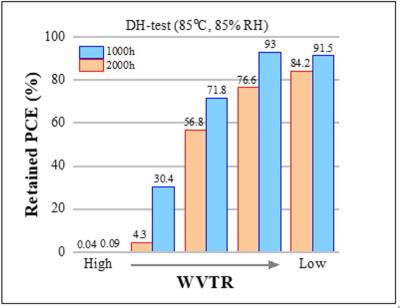UtmoLight's GW-scale perovskite solar module fab goes online
UtmoLight has anounced that its gigawatt-scale perovskite solar module facility in Wuxi is now online and has started production.
Image credit: UtmoLight
The plant will mass-produce ultra-large perovskite modules and building-integrated photovoltaic (BIPV) products, and as the line ramps up to full production, it is expected to produce about 1.8 million such modules annually.
